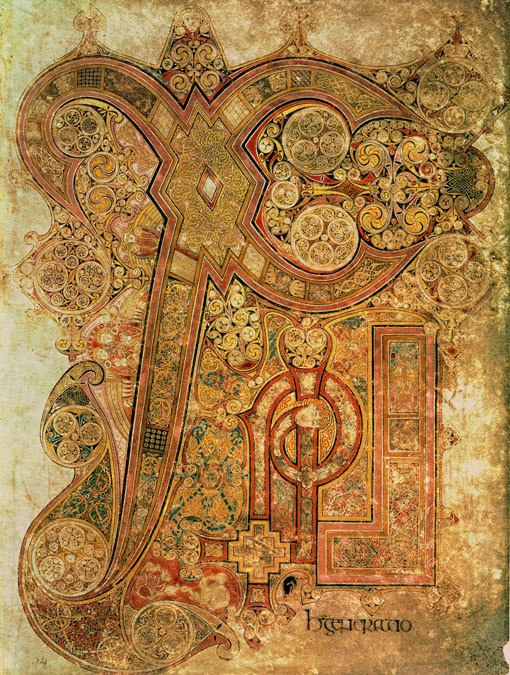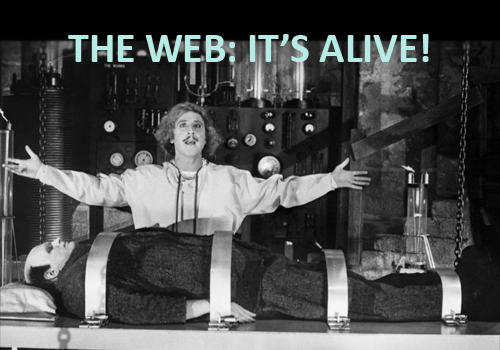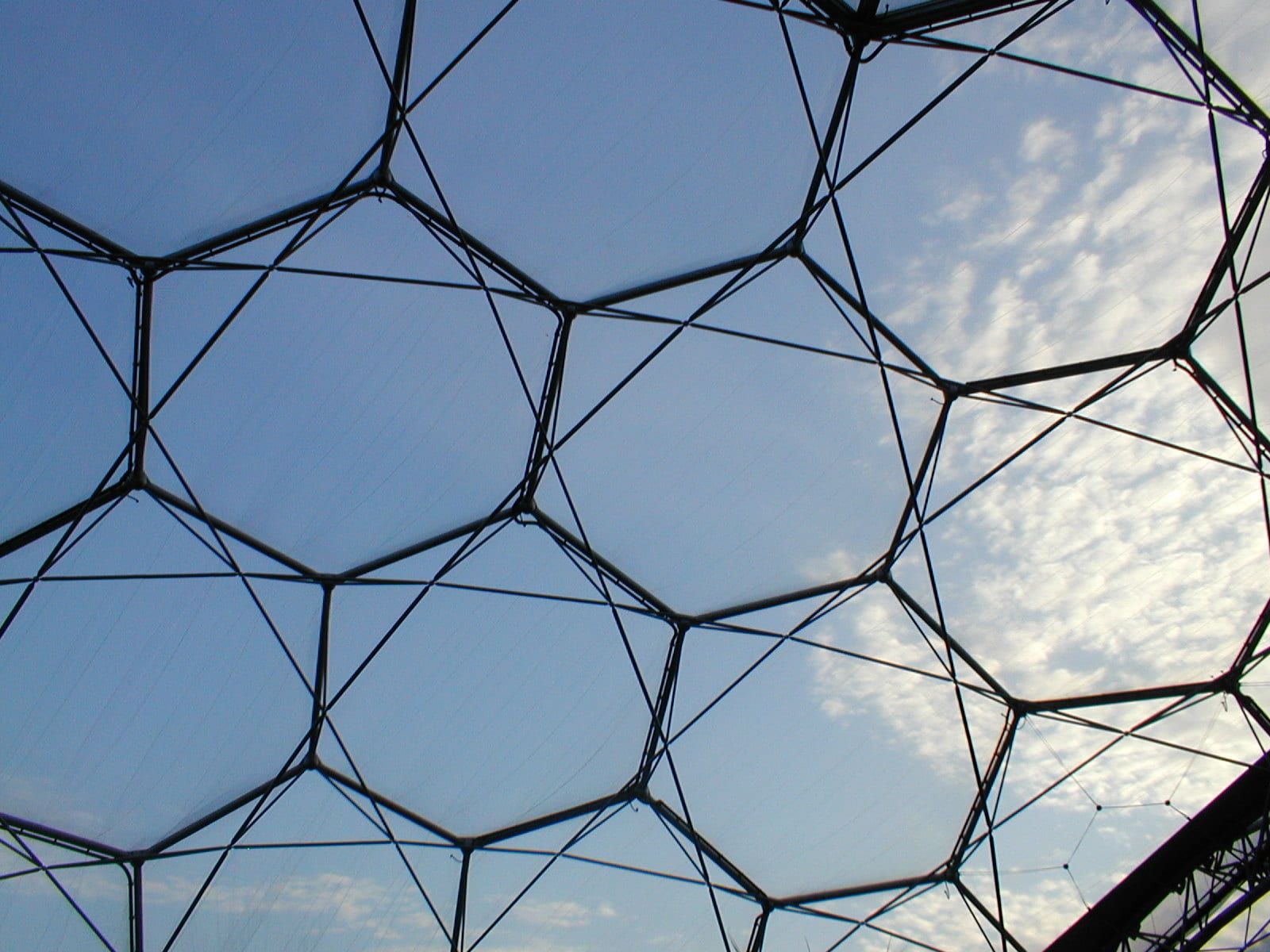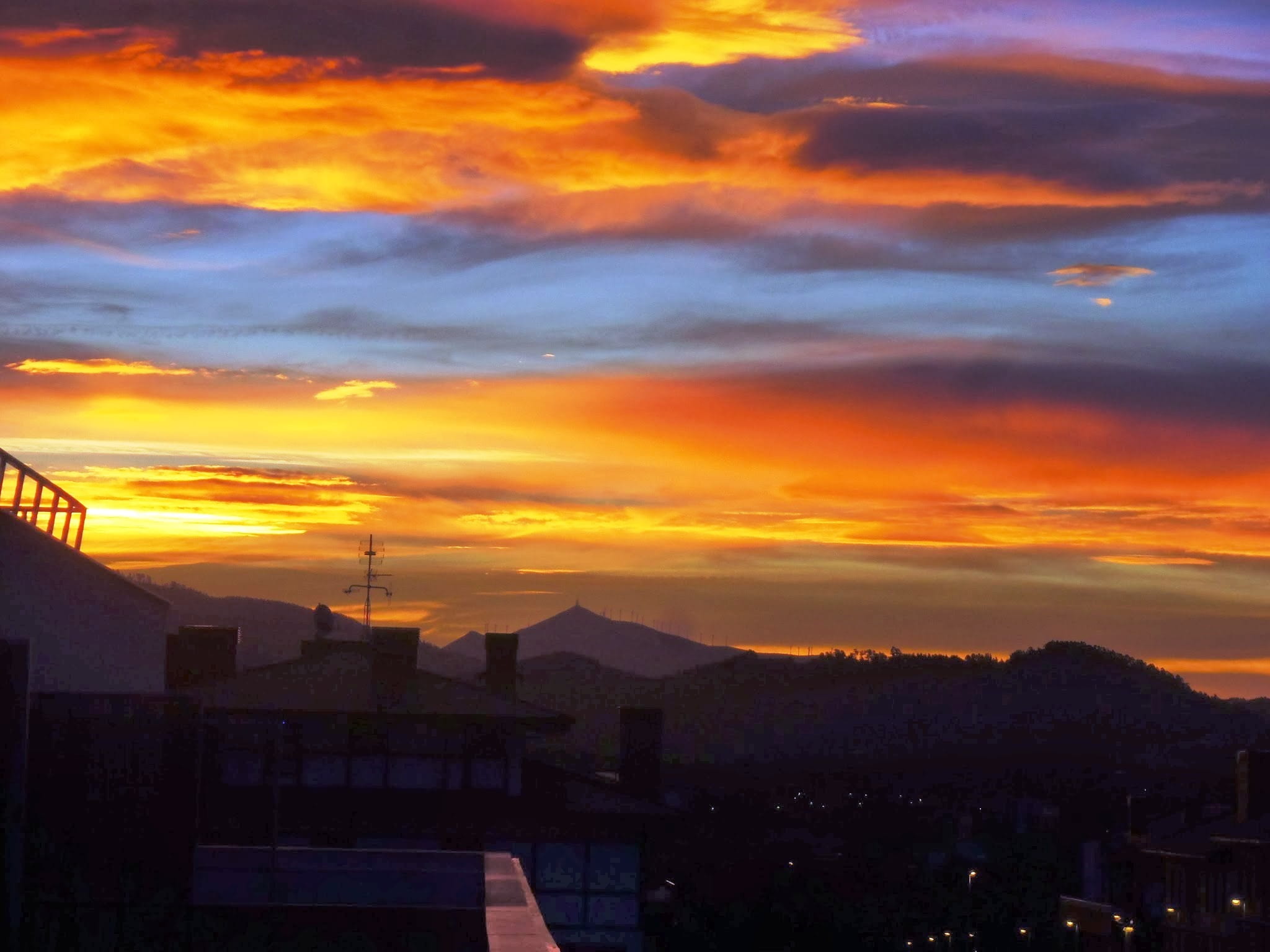Blog Post: You’ve each been exploring individual project ideas that will be part of a larger whole, but as some of you have already noted, these projects will benefit from a team-based approach. How will you use the team to shape, amplify, improve and implement your piece of the project?
1) Actually exchange information about what we have been doing.
- We’ve mostly kept to ourselves during the last week – I’ve been in the Archives’ small room, looking through documents and getting pages upon pages of strange information about the buildings I have decided to look further into: Appleton Cabinet, Morgan Library, the Octagon [Woods Cabinet and Lawrence Observatory], and the President’s House. My best object was an art history class essay written in 1996 about the decades in which these buildings and a couple others (namely Williston and Barrett Halls). The argument of the essay was that the 1840’s and 1850’s brought about a new dimension in learning through these different, specialized buildings. College Row, built during the religiously zealous second president’s term, is cemented in one dimension; the Octagon and Morgan Library, when they were built, added some dimension in both the academic areas of the college (with an expansion of science and specialized learning) and in the single-plane of the College Row. It’s a very artistic description, but it works.
- There was this great moment on Friday when we were all sitting in Barker (for one rare moment), when all of a sudden we realized no one had an idea about what everyone else was doing. “SOOOoooooo what have you been up to this whole week?” was the prevailing question.
2) I have quite a lot of information, random things, interesting things, tidbits and curiosities, but I am unsure about how to organize them.
- Some relevant examples:
- The minutes of the Trustees’ meetings say that, on Nov 5th, 1833: “Voted to cause house to be erected for the use of the President, provded the present one can be sold for a sum not less than $2500.” In January, an offer arose. The Trustees decided to accept the offer. “Voted that the TreasurerEach of the College be directed to borrow from the Amherst Bank such sum or sums of money as may be necessary to fulfill the contracts for the building of the President’s house” etcetc. The new one cost $9000.
- Reason #3 why Charles H Hitchcock wrote “The Visitor’s Guide to the Public Rooms and Cabinets of Amherst College with a Preliminary Report” was a hope for donations.
- Each room of the Octagon had a name for a prominent donor. Apparently the college was that desperate to show their thanks for the benevolence of Josiah Woods, Charles Baker Adams, and Abbott Lawrence. Also the Octagon w as built in 1847-48 – the actual literal years of the worst of the debt crisis. Nicely done, Hitch.
- Morgan Library had an open stack structure when it first opened, along with four paintings on the walls: the three college presidents and Aristotle.
- The Dewey Decimal System was initially created for Morgan Library. Dewey was one year out of college (he graduated in 1873 I believe, from Amherst) when he was asked to help organize the increasing library collection.
- Apparently when Morgan had free-standing stacks people flipped because that was a revolution in library organization. :/
- The Assyrian Reliefs have been in nearly all these buildings: they were bought by Hitchcock because he hated Williams (the tl;dr version). He had heard that Williams and Dartmouth had secured Nimrud Reliefs for their collections. He contacted a recent Amherst grad, Henry Lobdell (Class of 1849), who was stationed in Persia, to procure some for the college. Lobdell agreed, saying that he could get better ones than them, and Hitch forwarded him $500 to do the job. Right now, that $500 is nearly $15,600.00 (Purchasing Power Calculator).
- The cost of Appleton’s collections exceeded $5000 and every single document (and very few exist, unfortunately) mentions its fireproof nature. Apparently that was a big deal back then – fireproof buildings.
- In addition, Appleton was built in 1855 from a fund for the creation of “benevolent and scientific objects” from the Estate of Samuel Appleton of Boston. Hitch applied in 1853 for funding; his request was approved in 1854. The building cost $10k; the collections inside, $5k.
- Cool. Cool cool cool.
- But my question is: how do I compile all these curiosities into an interesting exhibit?
- Not sure, completely, but I did find some examples with the site that I am most interested in using.
3) Wix would be a pretty great. Really great.
Look at it! This is a really simple site I threw together from a sad template to show my thoughts after I initially vomited them onto the whiteboard (which does help with thinking, huge thanks to Dustan for introducing that idea of throwing everything we know on a whiteboard and then whittling away what does not matter). Next to the whiteboard is also a rudimentary post-it-note information architecture (pics unavailable D:). The main idea is that the site content – the four projects – would be separate from the documentation of the Behold!
http://bordarya.wix.com/edhitcharoo
Not the worst thing for a five-minute work of assigning badly-named pages to a usual template.
Here are some other sites that show the capabilities of wix, especially in projects similar to ours:
http://thepeytoncollection.wix.com/anniecpeyton
http://nlarsona.wix.com/genderedimagesms
This sleek, simple layout is basically what I have in mind as well. Something that is flexible to showcase both data and gallery-esque visuals, and enough of a traditional layout to look good. Yes. Looking good.
TO conclude this post, here is a video of a great moment from a cartoon I am currently absolutely in love it right now:





